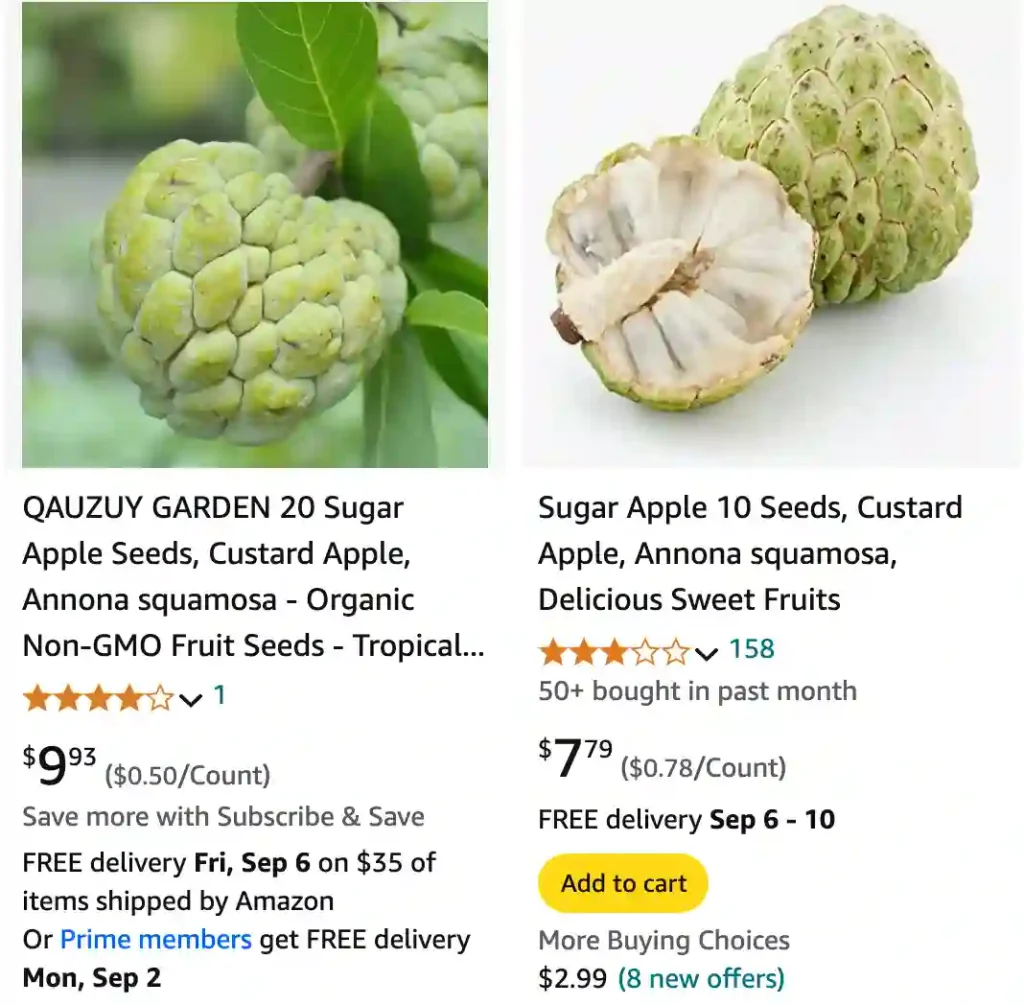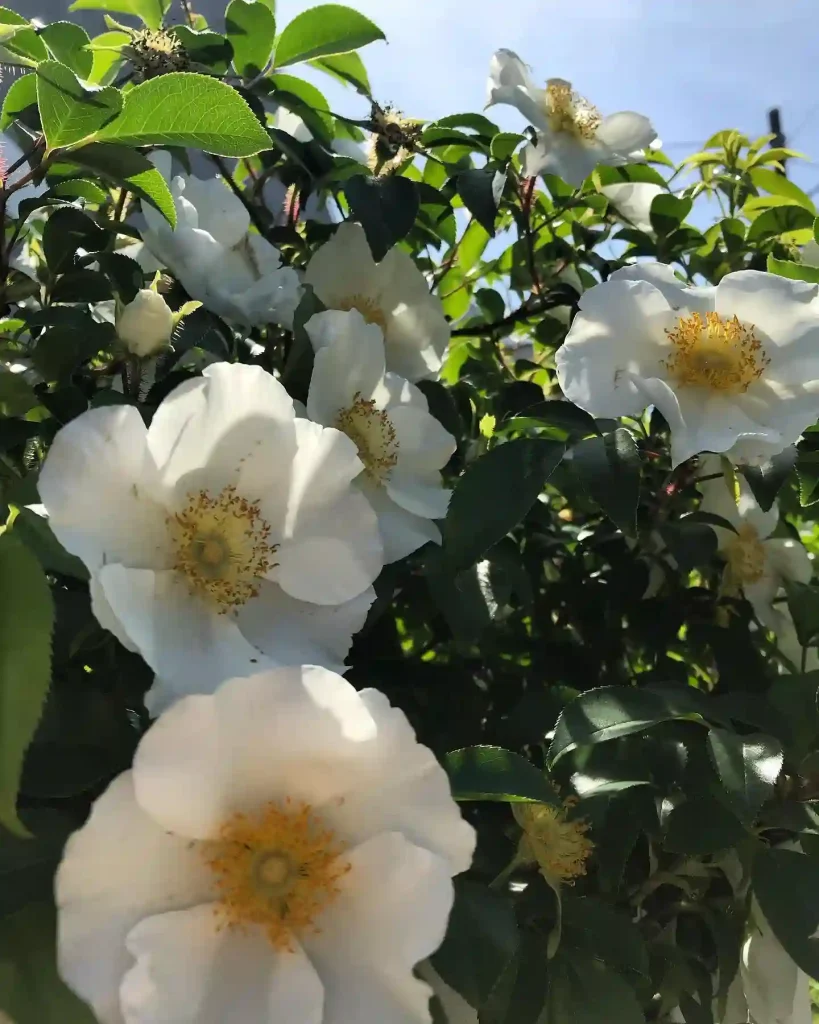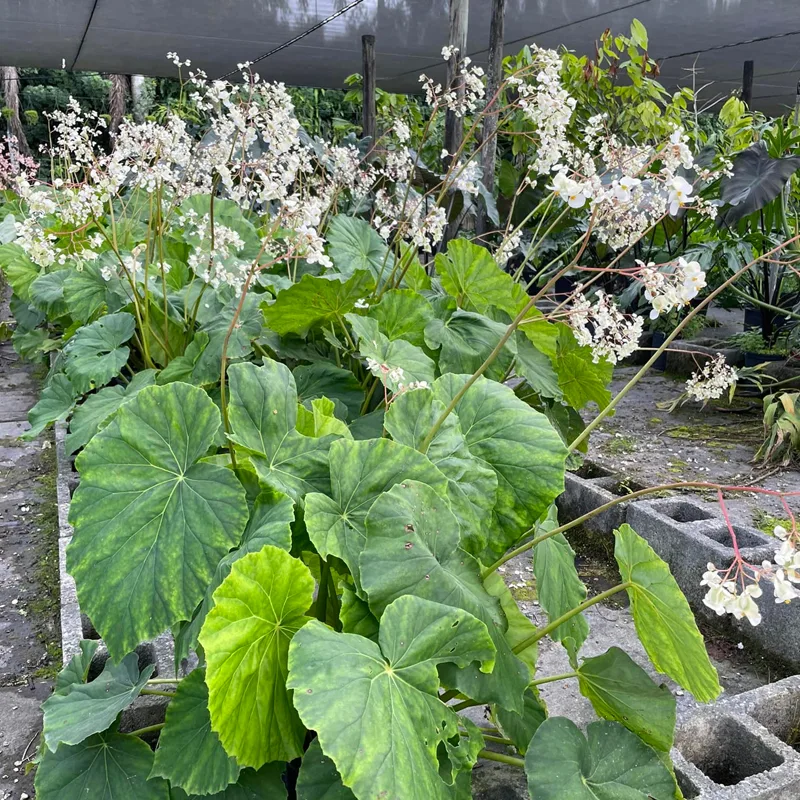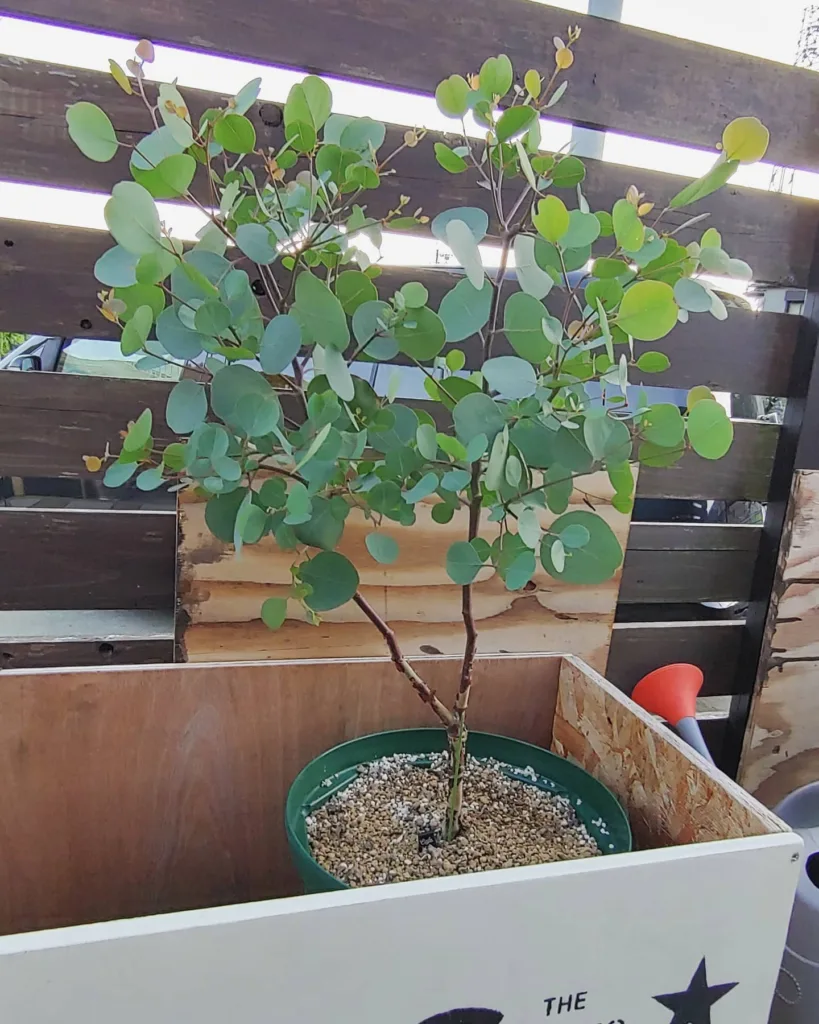
FAQs About Annona Squamosa
If you’re fascinated by unique tropical fruits, Annona Squamosa is a tree that might pique your interest. As a plant enthusiast, I’ve found Annona Squamosa to be a rewarding tree to grow, not only for its delicious fruits but also for its unique appearance. In this article, I’ll answer some frequently asked questions about this tropical delight and share some personal insights to help you better understand and care for this fascinating plant.
173 Species in Genus Annona
What is Annona Squamosa?
Annona Squamosa, also known as Sugar Apple or Sweetsop, is a small, tropical, fruit-bearing tree native to the tropical Americas and West Indies. It belongs to the Annonaceae family and is closely related to other tropical fruits like cherimoya and atemoya. The tree produces round, lumpy fruits with a green, scaly skin that resembles a reptile’s scales. Inside, the fruit is creamy and sweet, with a flavor reminiscent of custard and pineapple.
How to Care for an Annona Squamosa (Sugar Apple) Tree?
Caring for a Sugar Apple tree involves providing it with the right conditions to thrive. Here are some key tips based on my experience:
- Sunlight: Annona Squamosa requires full sunlight for at least six to eight hours a day. Planting it in a location that receives ample sunlight will ensure healthy growth and fruit production.
- Soil: The tree prefers well-draining, slightly acidic to neutral soil. It’s essential to avoid waterlogged conditions as the roots can rot easily. Mixing in organic matter or compost can improve soil quality.
- Watering: Regular watering is crucial, especially during the dry season. However, be cautious not to overwater. The soil should remain moist but not soggy.
- Fertilizing: Feed the tree with a balanced fertilizer during the growing season. A mix rich in potassium and phosphorus will encourage flowering and fruiting.
- Pruning: Pruning helps maintain the tree’s shape and encourages better air circulation. Remove dead or diseased branches regularly to promote healthy growth.
How to Grow Annona Squamosa from Seed?
Growing Annona Squamosa from seed is relatively straightforward. Here’s how I’ve done it:
- Seed Preparation: Start by extracting seeds from a ripe Sugar Apple. Clean the seeds thoroughly and allow them to dry for a day or two.
- Planting: Plant the seeds in a well-draining soil mix about an inch deep. Water the soil lightly and place the pot in a warm, sunny spot.
- Germination: Seeds usually germinate within 2-4 weeks. Keep the soil moist and maintain a temperature between 70-85°F (21-29°C) to encourage germination.
- Transplanting: Once the seedlings have developed a few leaves, they can be transplanted to a larger pot or directly into the ground.
How to Grow Annona Squamosa in a Pot?
Growing Sugar Apple in a pot is a viable option, especially if you have limited space or live in a colder climate. Here’s what works for me:
- Pot Selection: Choose a large pot with good drainage. A 15-gallon pot is a good starting size.
- Soil: Use a well-draining potting mix, enriched with organic matter. Ensure the pot has adequate drainage holes to prevent waterlogging.
- Placement: Position the pot in a location that receives plenty of sunlight. A sunny patio or balcony works well.
- Watering and Feeding: Potted plants may need more frequent watering than those in the ground. Fertilize regularly with a balanced fertilizer to provide essential nutrients.
Are Sugar Apple Trees Annona Squamosa Self-Pollinating?
One common question is whether Sugar Apple trees are self-pollinating. In my experience, while Annona Squamosa has both male and female flowers on the same tree, they are not typically self-pollinating due to the timing of flower maturity. The male and female parts often mature at different times, making hand pollination or cross-pollination necessary for good fruit set.
How to Hand Pollinate Annona Squamosa?
Hand pollination is a technique I’ve used to increase fruit production. Here’s how you can do it:
- Identify Flowers: Recognize the male and female flowers. Male flowers release pollen, while female flowers have a receptive stigma.
- Collect Pollen: Use a small brush to collect pollen from male flowers in the morning when they release pollen.
- Pollinate Female Flowers: Transfer the pollen to the stigma of female flowers using the brush. This is usually done in the evening when the female flowers are receptive.
Can You Graft Annona Squamosa on Annona Muricata?
Grafting is a common technique to propagate plants and improve their resilience. Yes, you can graft Annona Squamosa onto Annona Muricata (Soursop). In my experience, this grafting can result in a more vigorous plant with improved disease resistance and potentially better fruit quality.
How to Eat Annona Squamosa?
Eating Annona Squamosa is a delight. Here’s how I enjoy it:
- Ripe Fruit: Wait until the fruit is soft and slightly gives under gentle pressure.
- Peeling: Simply peel off the green skin, which reveals the soft, creamy flesh inside.
- Enjoy: The flesh can be eaten fresh. Be cautious of the seeds, as they are hard and should not be consumed.
What Are the Benefits of Annona Squamosa?
Annona Squamosa is not only tasty but also packed with nutrients. It’s rich in vitamin C, which boosts the immune system, and contains several antioxidants that may help reduce the risk of chronic diseases. The fruit is also a good source of dietary fiber, aiding in digestion.
Common Problems with Annona Squamosa
Like any plant, Sugar Apple trees can face certain issues. In my experience, common problems include pests like scale insects and mealybugs. Regular monitoring and the use of insecticidal soap can help manage these pests. Additionally, the tree may suffer from fungal diseases, especially in humid climates, so ensure proper air circulation and avoid overhead watering.
Can Annona Squamosa Be Grown Indoors?
While growing Annona Squamosa indoors is challenging due to its need for ample sunlight, it is possible if you can provide a bright, sunny location or use grow lights. In my experience, the tree will need a large pot and careful management of water and humidity levels to thrive indoors.
Annona Squamosa, or Sugar Apple, is a fascinating plant that brings a touch of the tropics to your garden. With the right care and attention, it can reward you with delicious, unique fruits. Whether you’re planting it in the ground, growing it in a pot, or even trying your hand at grafting, there’s no doubt that this tree will become a favorite in your garden.
If i die, water my plants!



